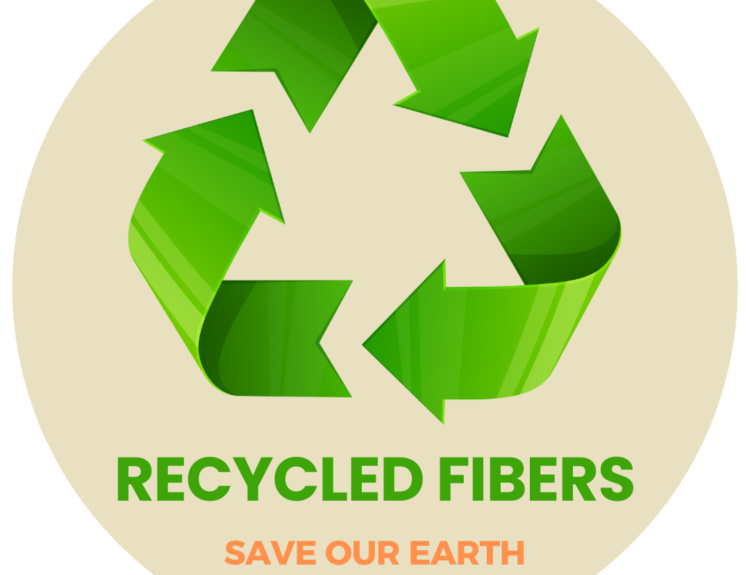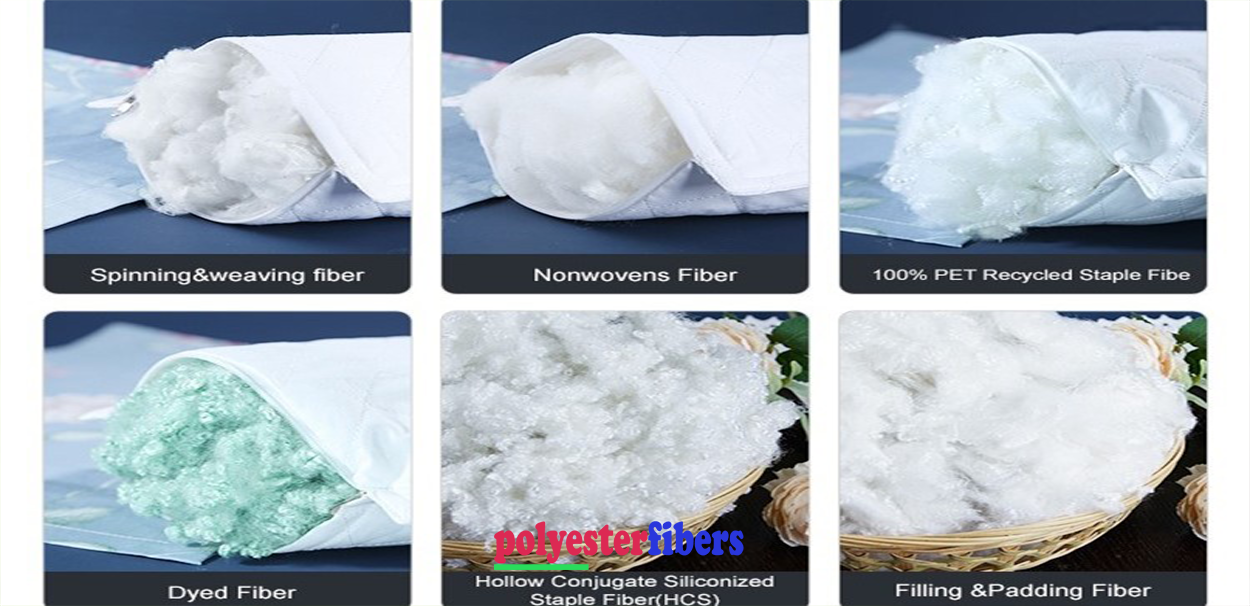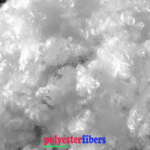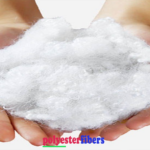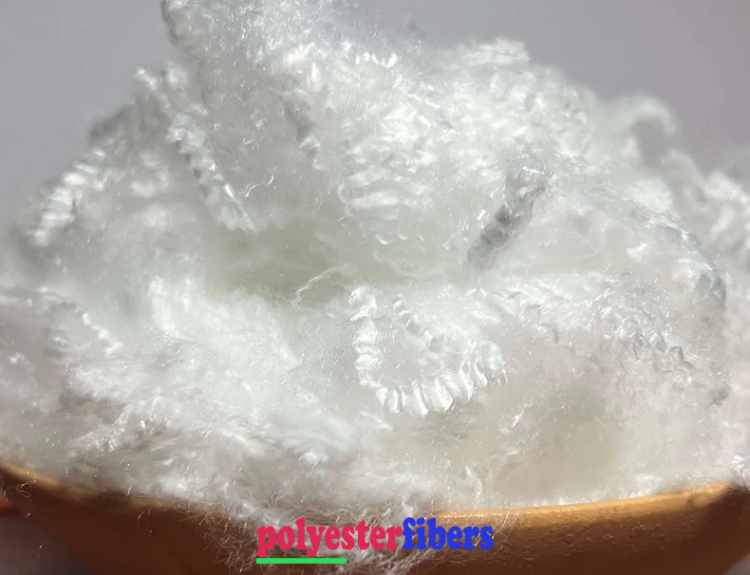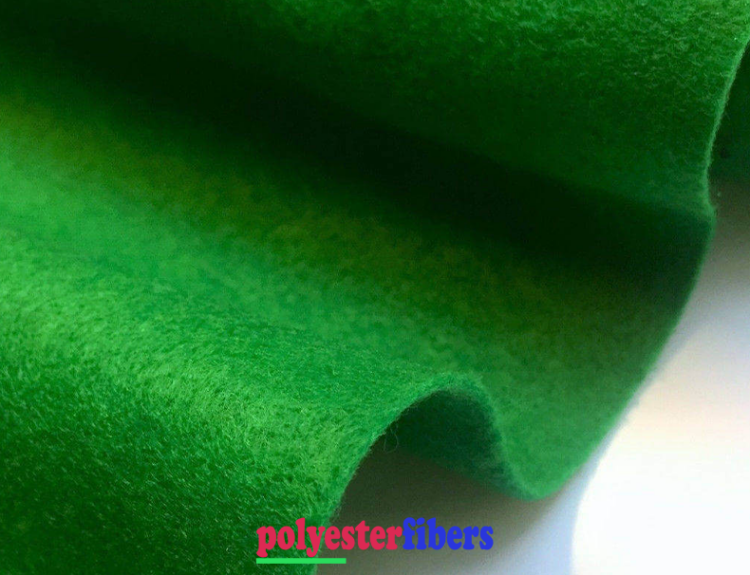Recycled Polyester Fiber, commonly referred to as rPET (recycled polyethylene terephthalate), is a type of synthetic fibers made by recycling existing polyester materials. The most common source of rPET is used plastic bottles, although discarded polyester garments and industrial waste can also be repurposed.
Instead of relying on raw fossil fuels to produce new fibers, recycled polyester gives existing plastic materials a second life—helping to reduce plastic pollution, conserve natural resources, and lower greenhouse gas emissions.
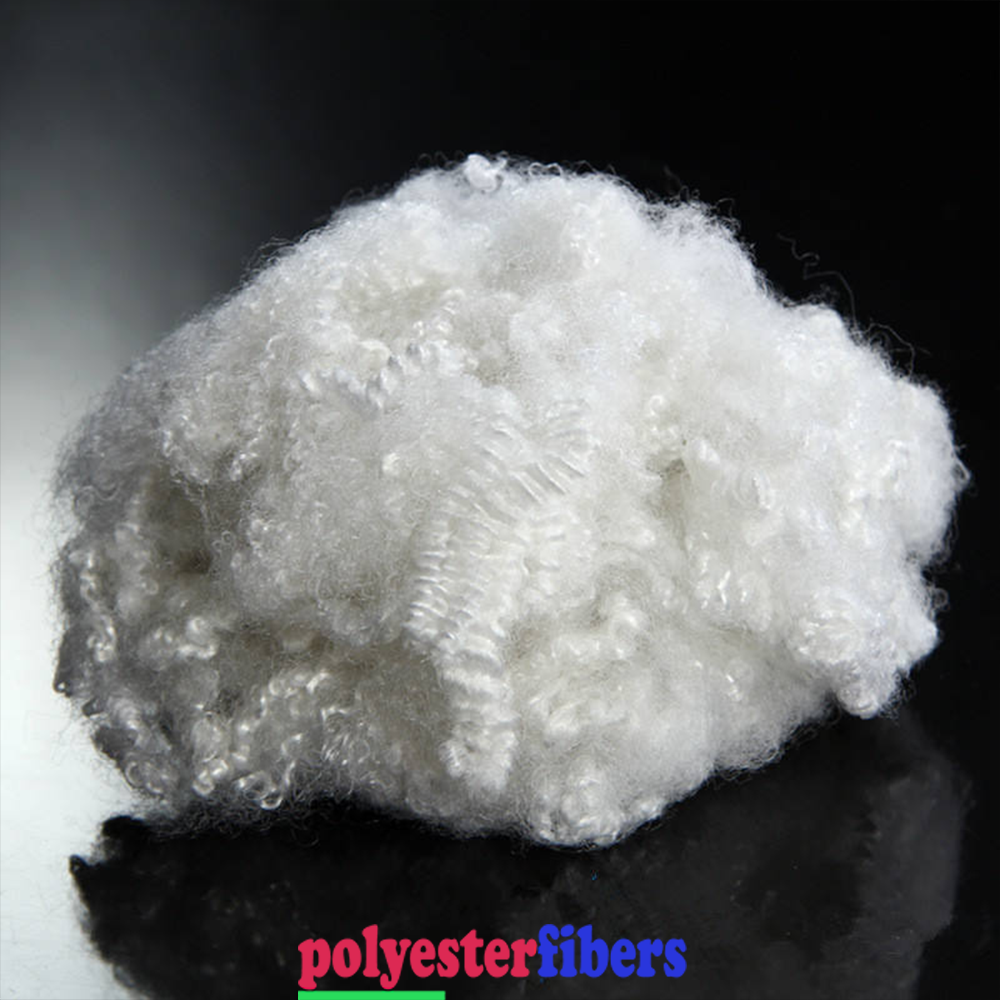
How is Recycled Polyester Fiber Made?
The production of Recycled Polyester Fiber typically follows two main processes:
1. Mechanical Recycling
This is the most common and widely used method. Here’s how it works:
- Collection: PET plastic bottles are collected from recycling bins or waste centers.
- Sorting and Cleaning: The bottles are sorted by color and type, then cleaned to remove labels, adhesives, and contaminants.
- Shredding: The cleaned bottles are shredded into small flakes.
- Melting and Extrusion: The flakes are melted and extruded into long strands, which are then cut into staple fibers or used directly as filament fibers.
- Spinning: These fibers are spun into yarns and then woven or knitted into fabrics.
2. Chemical Recycling
In chemical recycling, PET waste is broken down to its original monomers using chemicals or enzymes. The raw materials are then purified and re-polymerized into new polyester with properties nearly identical to virgin polyester.
Chemical recycling offers higher quality results but is more expensive and still under development in many regions.
Why Choose Recycled Polyester Fiber?
There are many reasons why manufacturers, designers, and consumers are turning to Recycled Polyester Fiber:
1. Environmental Benefits
- Reduces Plastic Waste: Every year, billions of plastic bottles end up in landfills or the ocean. Recycling them into fiber helps combat this issue.
- Conserves Natural Resources: Making virgin polyester requires crude oil and energy-intensive processes. Using recycled materials lowers the demand for fossil fuels.
- Lowers Carbon Footprint: Producing recycled polyester consumes less energy and results in fewer CO₂ emissions compared to virgin polyester.
2. Performance and Versatility
- Durability: Recycled Polyester Fibers is strong and long-lasting, making it ideal for clothing, textiles, and industrial applications.
- Moisture Wicking: Like virgin polyester, it’s lightweight and breathable, often used in sportswear and outdoor apparel.
- Color Retention: It holds dye well and resists fading, giving products a vibrant, long-lasting appearance.
3. Supports Circular Economy
Using Recycled Polyester Fiber supports a circular economy, where materials are reused rather than discarded. It’s a key strategy in reducing the fashion industry’s massive environmental footprint.
Applications of Recycled Polyester Fiber
The versatility of Recycled Polyester Fiber makes it suitable for a wide range of industries and products, including:
1. Apparel and Fashion
Many global clothing brands now use recycled polyester in their garments. From activewear and jackets to dresses and accessories, recycled polyester is being adopted to meet sustainability goals.
2. Home Textiles
Bedsheets, curtains, rugs, and pillow fillings can all be made using rPET fibers. Hollow recycled polyester fibers are especially common in quilts and cushions for their lightweight insulation properties.
3. Automotive and Industrial Use
Recycled polyester used in vehicle interiors, carpets, insulation, geotextiles, and filters. Its strength and resistance to wear make it ideal for heavy-duty uses.
4. Packaging
Beyond textiles, rPET also used in nonwoven packaging materials, eco-friendly bags, and reusable shopping totes.
Recycled Polyester Fiber vs. Virgin Polyester
| Feature | Recycled Polyester Fiber | Virgin Polyester |
|---|---|---|
| Source | Recycled PET plastics | Crude oil (fossil fuels) |
| Environmental Impact | Lower emissions, less energy use | High carbon footprint |
| Quality | Comparable, slightly lower in some applications | Consistently high |
| Cost | May be higher due to recycling process | Often cheaper in bulk |
| Sustainability | High | Low |
While recycled polyester is slightly more expensive to produce, the environmental and ethical benefits outweigh the cost, especially as technologies improve and economies of achieved scale.
Challenges of Recycled Polyester Fiber
Despite its many advantages, Recycled Polyester Fiber does face some challenges:
- Microplastic Shedding: Like virgin polyester, rPET fabrics can shed microplastics during washing. Solutions include washing filters and alternative fabric structures.
- Limited Recycling Infrastructure: Not all regions have access to efficient recycling systems, which can limit the availability of raw materials for rPET production.
- Blended Fabrics Complicate Recycling: Fabrics blended with other materials (like cotton or spandex) are harder to recycle into polyester fiber.
Still, ongoing research and innovation are steadily addressing these issues.
The Rise of Recycled Polyester in Sustainable Fashion
Fashion is one of the most polluting industries in the world. Brands and consumers alike are pushing for greener solutions—and Recycled Polyester Fiber is playing a huge part in that transformation.
Brands like Adidas, Patagonia, H&M, Nike, and Levi’s have already incorporated recycled polyester into their product lines. Some have pledged to switch to 100% recycled or sustainable materials in the coming years.
This growing trend reflects not just a change in materials but a shift in consumer values. Shoppers want transparency, eco-conscious products, and long-lasting quality—and recycled polyester helps deliver all three.
Final Thoughts
Recycled Polyester Fiber is more than just a textile innovation—it’s a symbol of what sustainable progress looks like in the modern world. By turning waste into high-performance fabric, it reduces environmental harm while still meeting the demands of today’s industries.
Whether you’re a clothing brand, a manufacturer, or a conscious consumer, choosing recycled polyester is a step toward a cleaner, more responsible future.
Want to Start Using Recycled Polyester Fiber?
If you interested in sourcing Recycled Polyester Fiber for your business or learning more about sustainable textile solutions, feel free to reach out or explore suppliers who are GRS (Global Recycled Standard) certified. Every fiber counts when it comes to protecting our planet.
About VIETNAM RECYCLED FIBER
VIETNAM RECYCLED FIBER We partner with numerous factories and manufacturers in Viet Nam and other Asian countries. We supply various and different polyester staple fiber such as hollow conjugate siliconized and non-siliconized, hollow non conjugated fiber, hollow slick fiber, black solid fiber, brown fiber, green fiber, filling fiber, polyester fiber, Recycled Polyester Fiber, spinning fiber. All are GRS and OEKO TEX certified.
Our recycled Polyester Staple Fiber is of good quality and competitive price, which used in the application of filling polyester pillows, mattress, cushions, quilting, comforters, padding, wadding, stuffed toys, carpets, felts, automotive nonwoven industry and home textiles. We are well-known for our excellent customer service and we would like to have long-term business cooperation with customers from all over the world.
Please contact us for long-term cooperation!
Mr. HARRY
Website: vietnamrecycledfiber.com
Youtube: Vietnam Recycled Polyester Fiber

